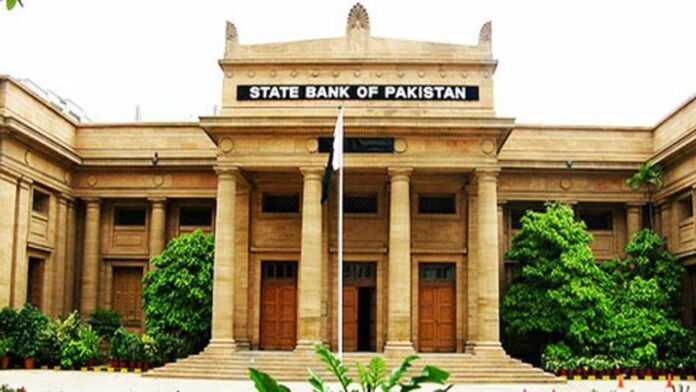The State Bank of Pakistan (SBP) has issued revised instructions under the Basel Capital Adequacy Framework for the Standardized Approach to Credit Risk, marking the beginning of Phase II of the Basel III reforms.
The new guidelines will be implemented on a parallel run basis from September 30, 2025, to June 30, 2026, allowing banks, digital banks, and development finance institutions (DFIs) to adjust and provide feedback before full implementation.
The introduction of the Basel III framework follows the global regulatory response to weaknesses revealed during the 2008 Global Financial Crisis (GFC). To address these vulnerabilities and strengthen the resilience of the banking sector, the Basel Committee on Banking Supervision (BCBS) introduced Basel III reforms, which are being implemented in two phases.
Phase I of the reforms, already implemented by SBP, focused on improving capital adequacy, liquidity, leverage ratios, and establishing a Domestic Systemically Important Bank (D-SIB) framework. Phase II, which is now being initiated, aims to revise the risk-weighting regime, leverage ratio, and introduce further enhancements to the banking sector’s regulatory framework.
The revised instructions, issued by SBP, will be tested during the parallel run period, where banks, digital banks, and DFIs are required to submit capital adequacy returns under both the existing and revised frameworks. This will allow SBP to evaluate practical challenges and incorporate feedback from the industry before full adoption.
During the parallel run, quarterly returns will be due by the end of the month following the quarter-end, with annual audited returns required by April 30, 2026. These timelines represent a shift from the current framework, where quarterly returns are submitted within 14 working days of the quarter’s end.
SBP has clarified that no enforcement action will be taken for non-compliance with the revised framework during the parallel run period, and regulatory compliance assessments will continue to be based on the existing instructions.
The move is seen as a critical step in strengthening Pakistan’s banking sector, aligning it with global best practices, and ensuring the resilience of financial institutions in the face of future challenges.




